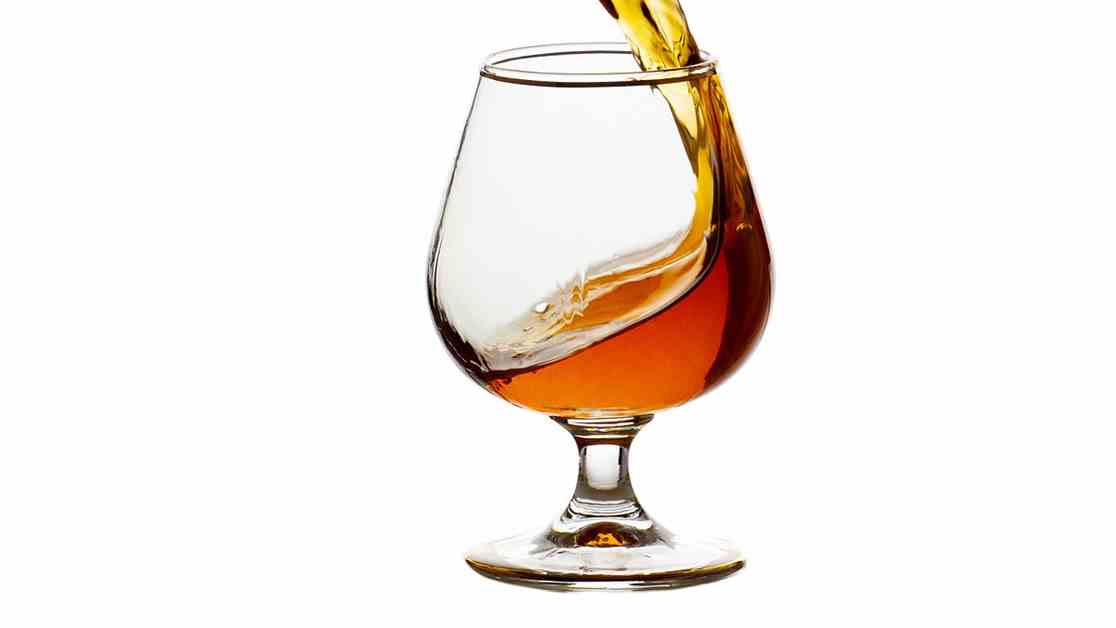Mead, the ancient drink that dates back to 7000 BC, is making a trendy comeback in the modern world. Traditionally made by fermenting honey with water, mead has evolved to include new flavors, fermentation techniques, and styles. While traditional meads are similar to honey-sweetened wine in taste and strength, modern meads offer a lighter, more diverse range of options with varying levels of alcohol content.
The resurgence of mead can be attributed to the growing demand for natural, sustainable products without additives. Modern mead producers are also contributing to bee conservation efforts by using ethically produced honey and supporting bee populations. The unique flavors of mead are influenced by the terroir where bees harvest their nectar, resulting in a diverse range of tastes and aromas.
In the quest to appeal to a new audience, mead has undergone a transformation to cater to discerning consumers looking for sophisticated yet refreshing beverages. The revival of mead began in the U.S., where advanced fermentation methods have elevated its status to that of fine wine. Just like wine, mead can reflect the terroir of its origin, offering a unique tasting experience based on the bee’s foraging location.
To explore the modern mead landscape, a variety of meads were sampled, each offering a different taste profile and experience. From aromatic and low-alcohol options to tangy citrus flavors and dark honeycomb notes, there is a mead to suit every palate. Tasting boxes and special mead varieties provide an opportunity to discover the diverse range of flavors that mead has to offer.
Whether paired with cheese, enjoyed warm, or savored as a sweet treat, mead provides a versatile drinking experience that appeals to a wide range of tastes. With its rich history and newfound popularity, mead is no longer confined to the annals of history but has emerged as a sophisticated and refreshing beverage for modern consumers to enjoy.
